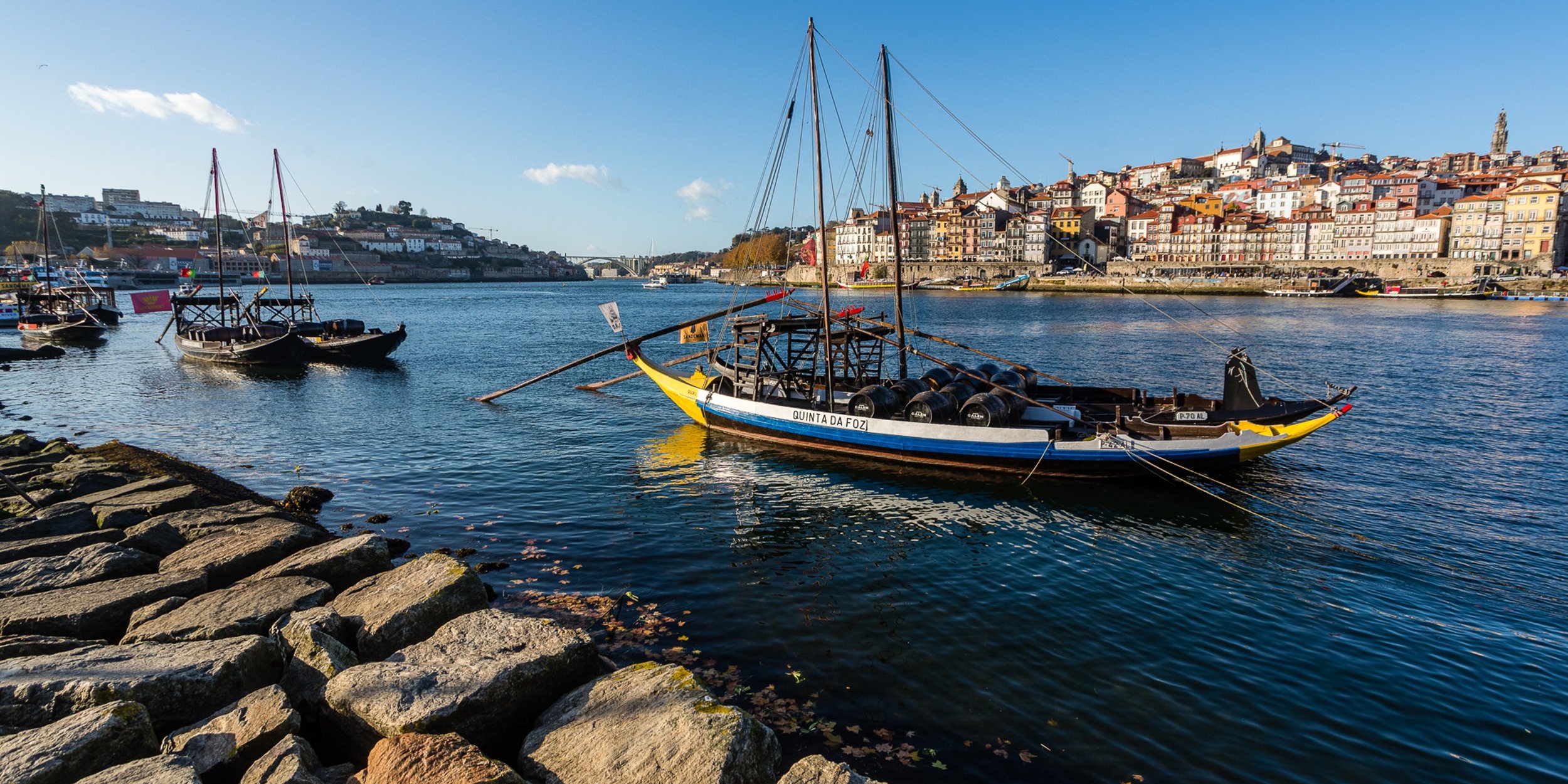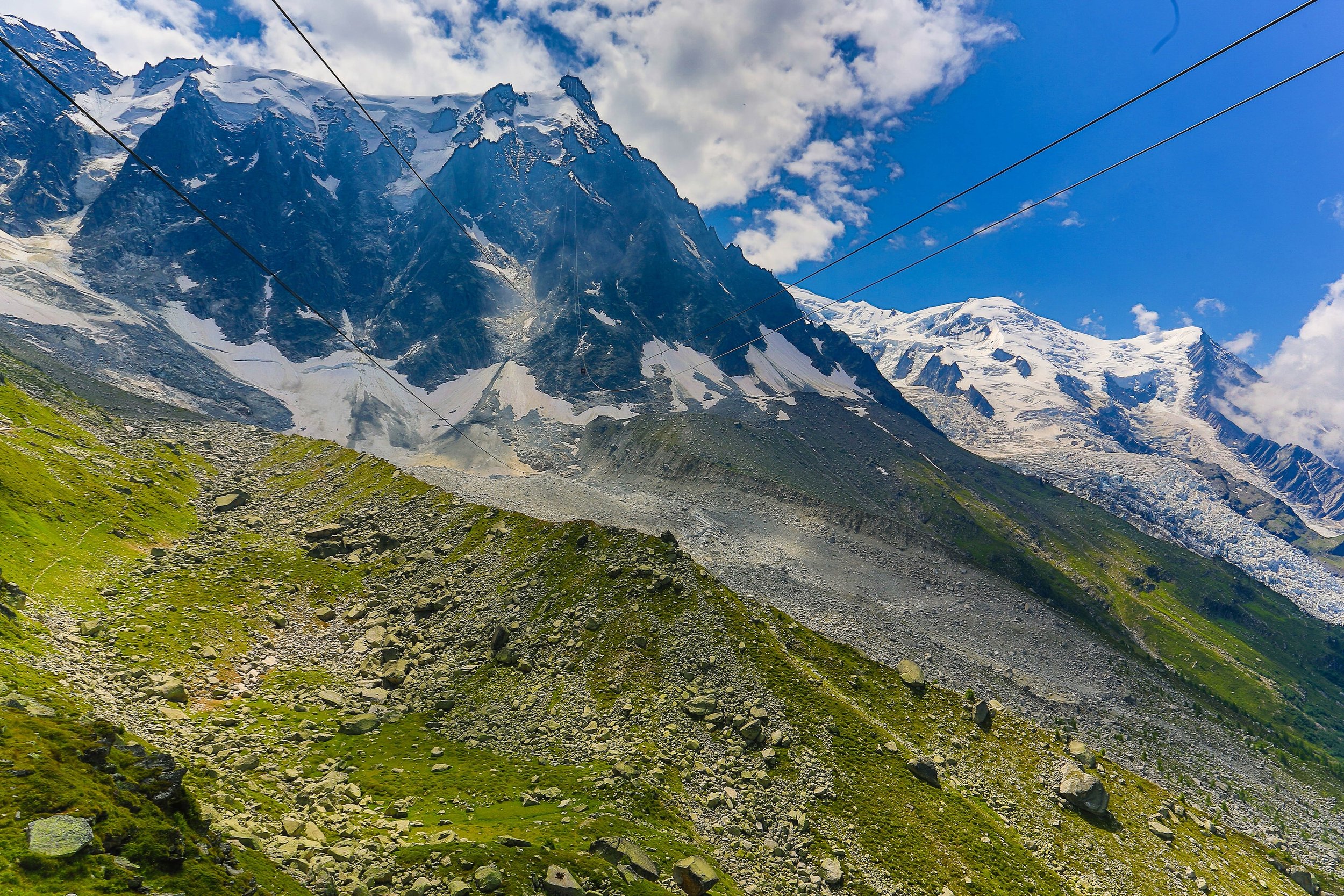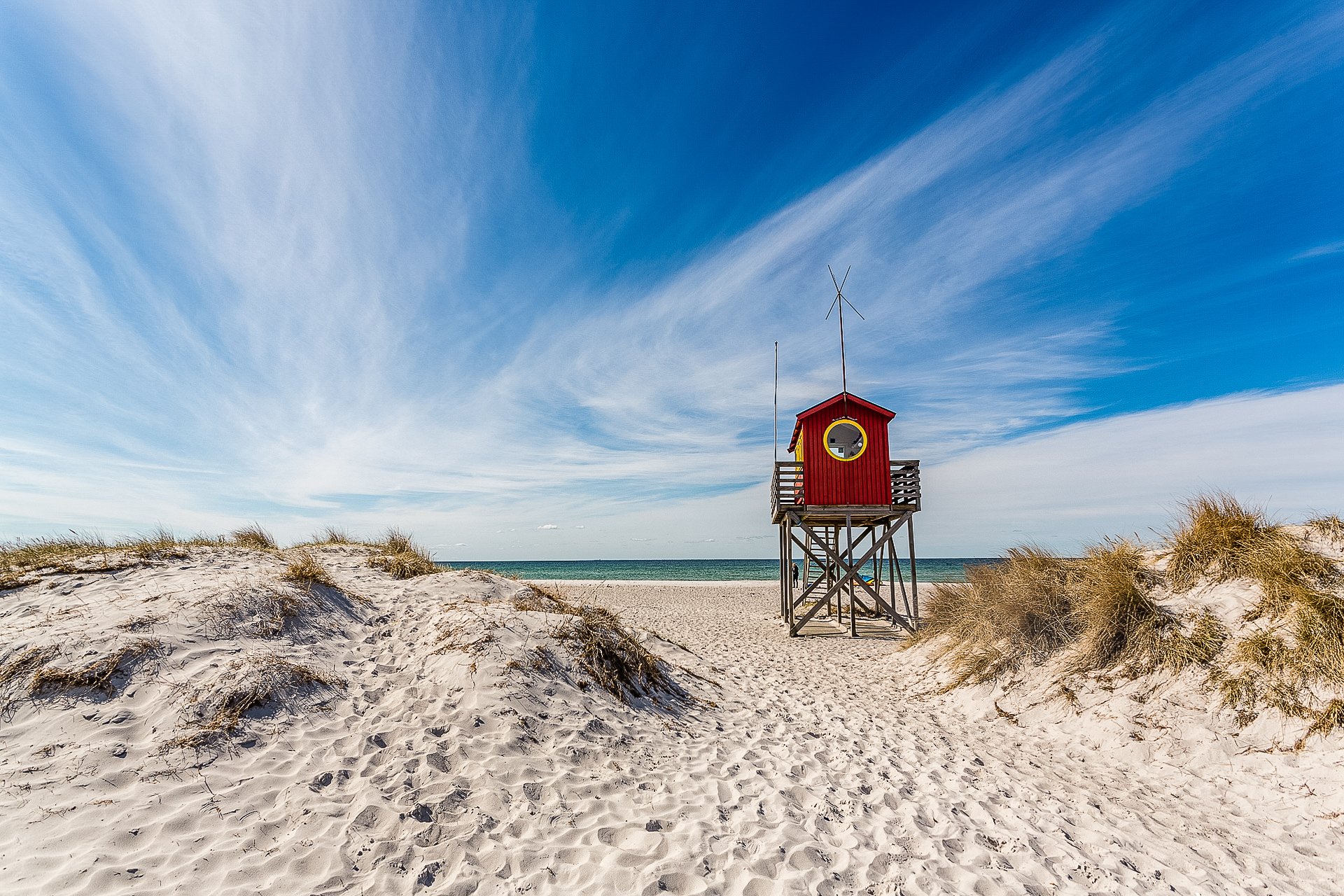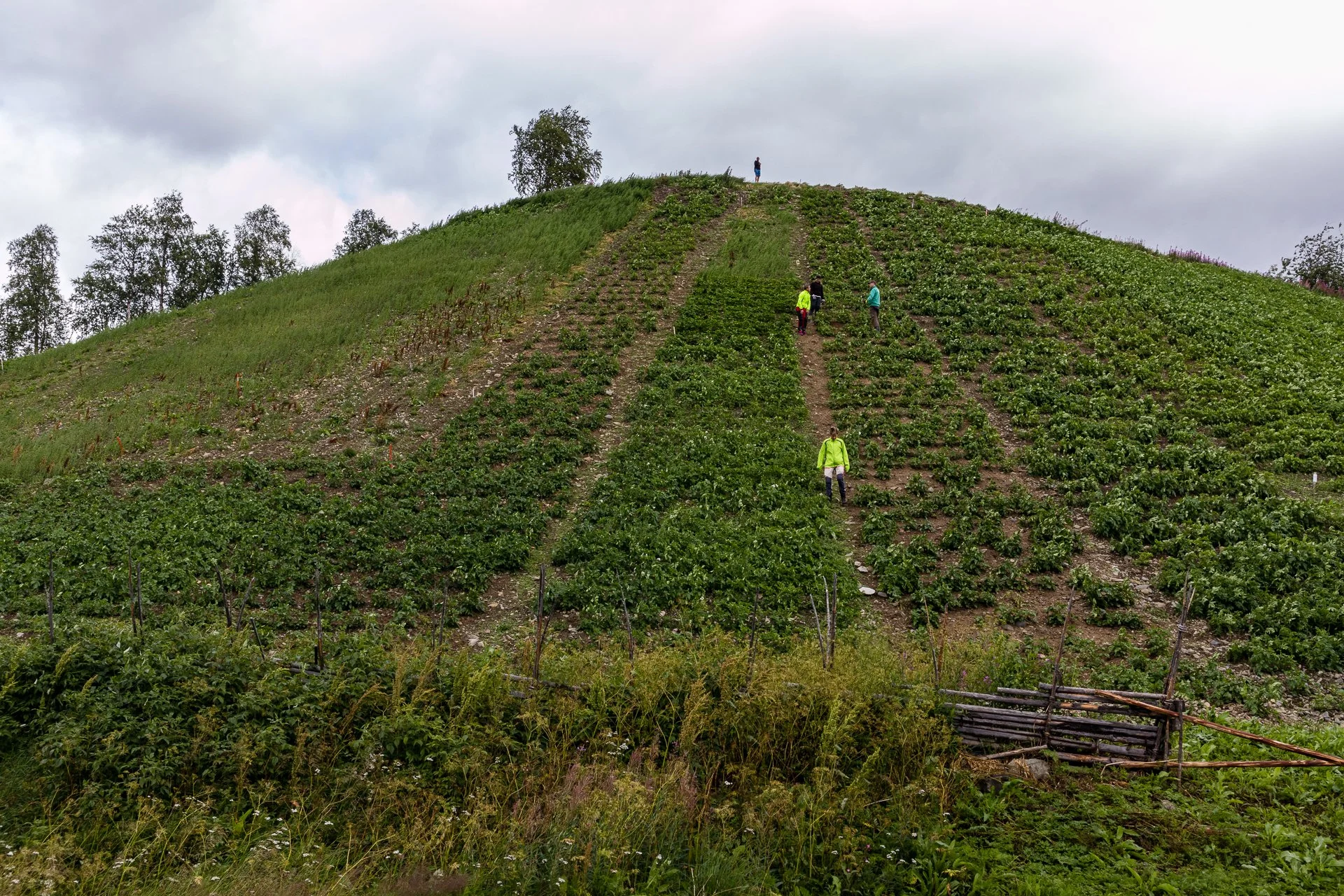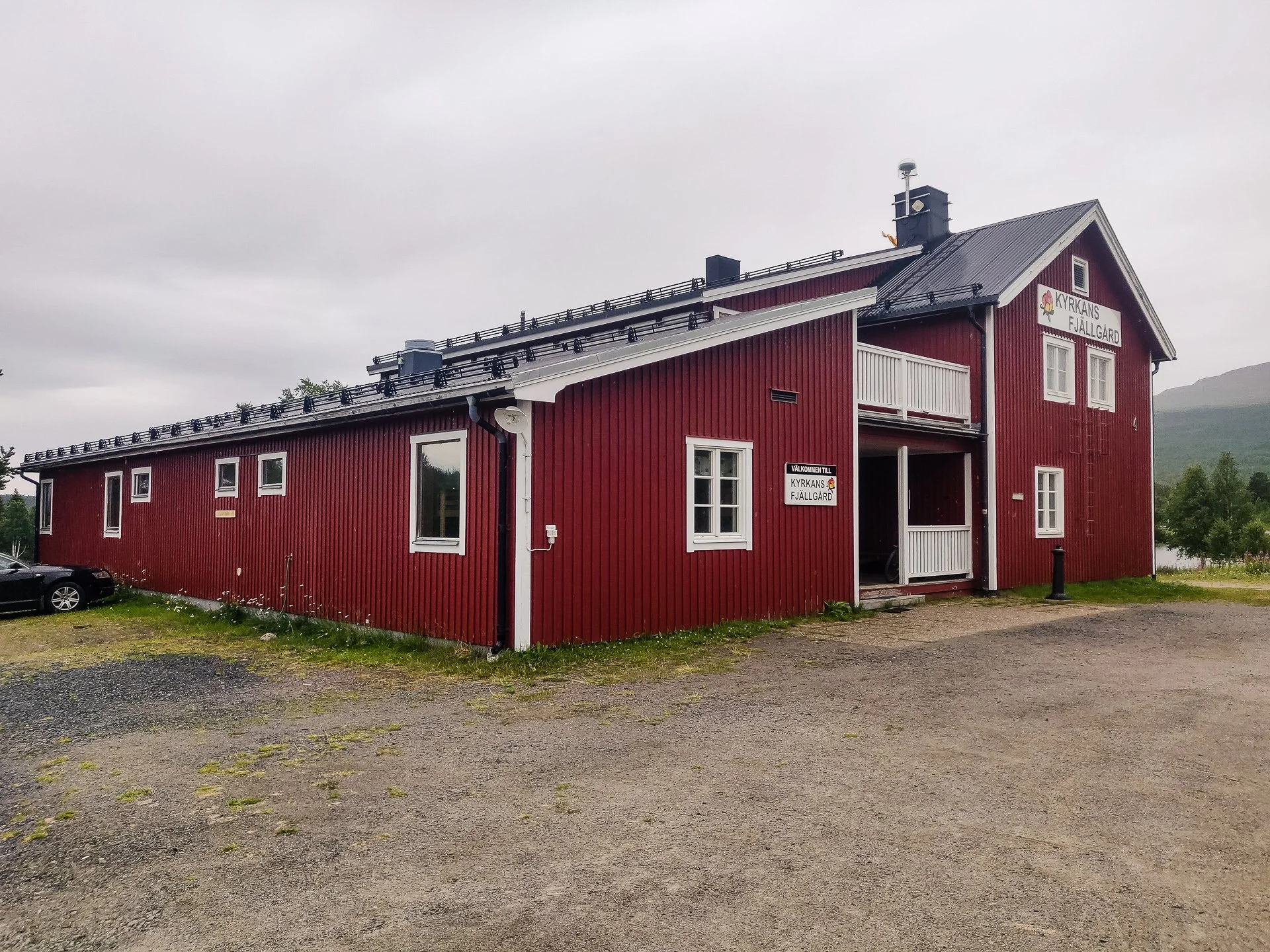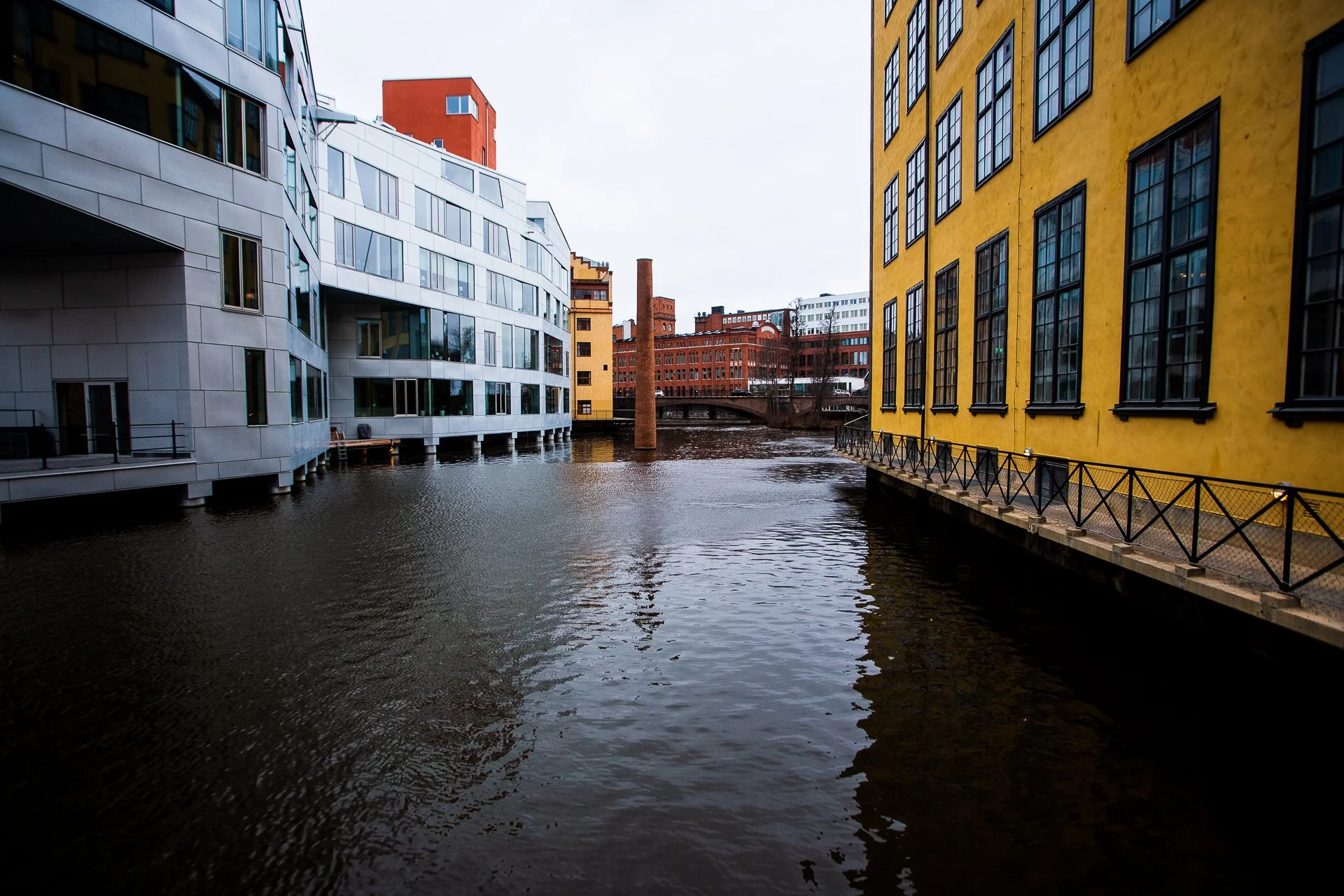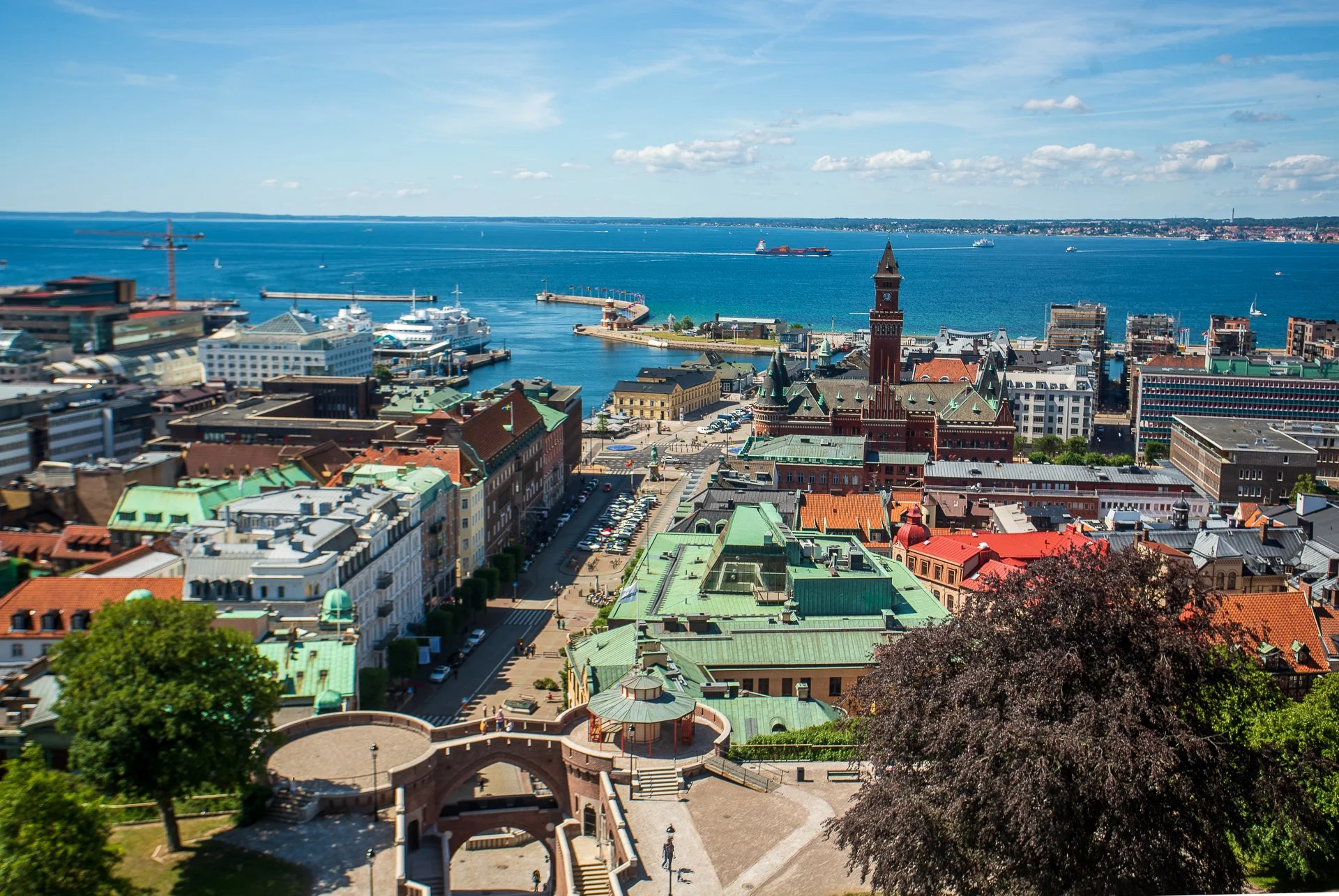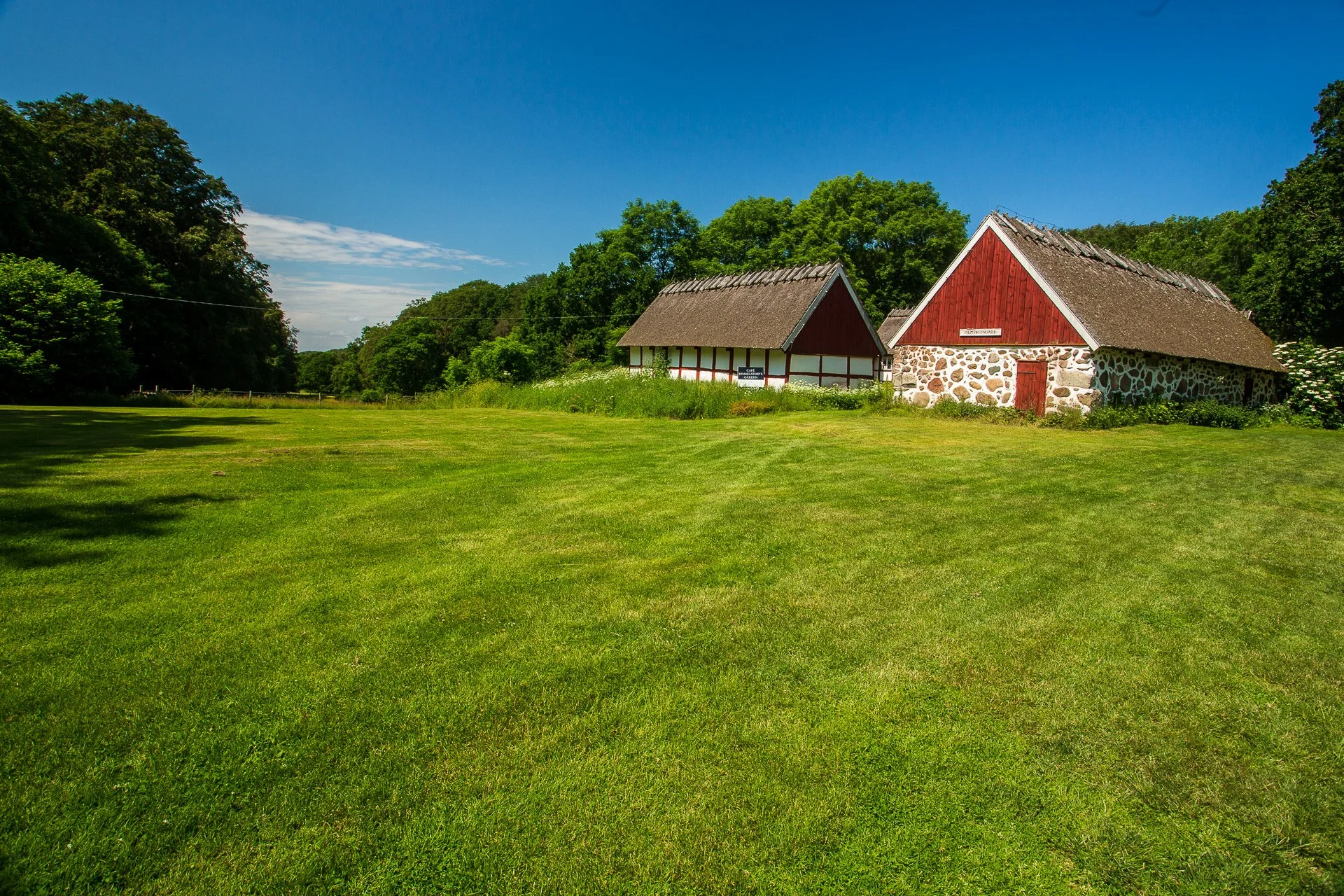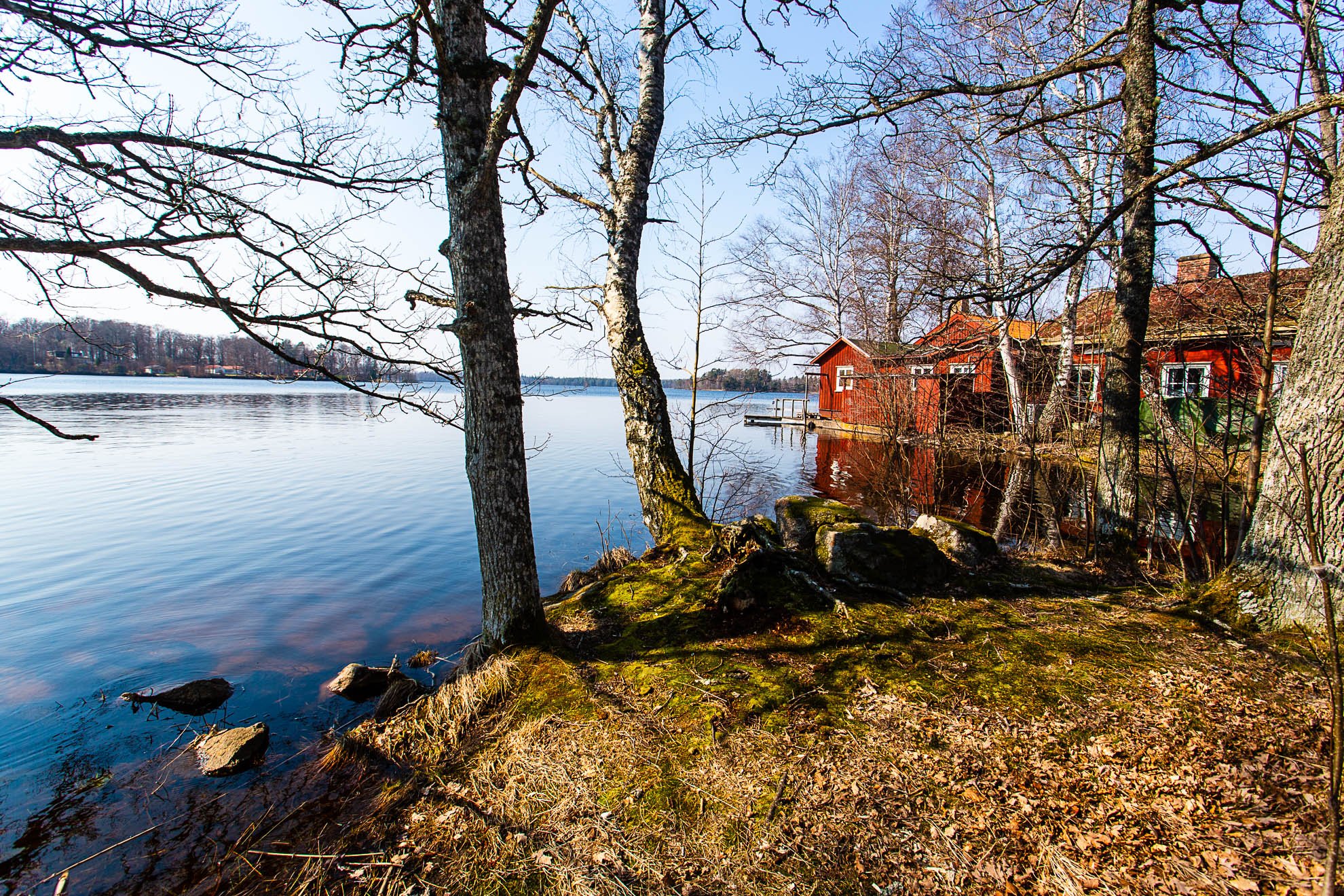
2019: Seeing Sweden
Starting in November 2017 and finishing in October 2018 I spent a long weekend, each month, seeing a new city in a foreign country. Calling it my 12 Cities in 12 Months challenge, I ended up seeing eight totally new countries out of the twelve. I also spent a few weeks driving through the alps as an Alpine Adventure adding Austria and Lichtenstein to my new countries visited in 2018 and then ended the year seeing Jordan, Israel and Palestine.
Having done all this, and bringing my total countries visited to 58, I realised I'd not seen nearly as much of my new home country of Sweden, despite being here almost three years. I've visited a reasonable number of the snowboarding locations near to Gothenburg (Åre, Branäs, Romme Alpine, Ulricehamn and Isaberg) and the big cities of Gothenburg, Stockholm and Malmö) but I've not seen much else that Sweden has to offer.
In 2019, I plan to see 12 new counties in Sweden that I've not previously visited. I've been to seven, and so by the end of 2019 there should be only two counties in Sweden I've not visited.
After my first trip, to Halland south of Gothenburg, I have already noticed a few differences to my international travel. The chains I've come to recognise in Gothenburg are also in these new cities, making it too easy to slip into comfortable locations. The lack of air travel means no restriction on wearing contact lenses and going to less cosmopolitan places should give me more chances to improve my Swedish.
Gothenburg is Sweden's second city, with a suburban population creeping above one million, it crams a lot into a small space. Also known as lilla London, due to its climate, and historic connection to London it is the home of Volvo, a hub for music and a city edged on one side by the water and islands of the archipelago and on the other by the forests of Bohus.
Known for generations for its leather, Malung is still the place to go for leatherwork in the middle of Sweden. More stores are a little outside of the town, but it's easy to find them, just follow the main road north.
This charming spot, home to a close-knit community of around 727 inhabitants, offers a tranquil escape from the hustle and bustle of city life. Don't let its size fool you, though. Glanshammar may be small, but it's brimming with a unique character that's sure to leave a lasting impression. As you wander through the locality, you'll be captivated by the serene atmosphere and the friendly locals who call this place home.
It's a place where the past and present coexist, where the legacy of the arms manufacturer Bofors still resonates, and where the spirit of Alfred Nobel lives on in the Björkborn Manor.
Known as the "Sun City" of Sweden, Karlstad is a place where the sun seems to shine a little brighter, and the smiles seem a little warmer. The city is situated on the delta where the Klarälven river meets Lake Vänern, the largest lake in Sweden, providing a picturesque backdrop for your adventures.
The seventh-largest city in Sweden and the seat of Örebro Municipality. The city is beautifully situated on the banks of the Svartån River, offering picturesque views and a tranquil environment. The city's most iconic landmark is the Örebro Castle, a medieval fortification that has stood guard over the city for over 800 years.
Sat on the southern tip of Vattern, Sweden's second-largest lake, the city of Jönköping has a population just shy of 100,000 people. The common suffix in Swedish towns of Köping means a trading centre, and Jön is from a nearby creek. For over a hundred years, Jönköping was known for its matchstick industry, producing the first safety matches as early as 1845, and the legacy lives on in its museum and craftwork area.
With under 20,000 people, it is surprising how far Ystad goes back. Founded in the 11th century as a herring fishing village it remains a popular tourist spot and a busy ferry port, as well as the site of Kurt Mankell's books about Kurt Wallander.
On the coast, facing the bridge across to Copenhagen, Skanör is a popular destination for tourists in good weather, offering white sand beaches, reasonable waves and nice weather. The area has a history that stretches back to the Middle Ages. It was home to herring fishing in the local area markets which caused Skanör to become a thriving trading place during the 13th century.
The second-largest Ski resort in Sweden, beaten only by Åre in the north. Sälen has four separate areas, all included in the same ski-pass. The area around Sälen does have one or two other privately run ski resorts, so it's worth double checking any bookings you make for accommodation or rental that they are near one of the four Ski Star Sälen locations.
Not really a town so much as a shopping mall with a collection of accommodation and ski options, Hemavan sits on Bluvågen and acts as either the start or end of the trail.
Ammarnäs, a village tucked away in Sweden's Västerbotten County, is a gateway to the wild. It's a place where the Vindelfjällen Nature Reserve, one of Europe's largest protected areas, is just a stone's throw away.
Adolfström is a small village, but one focused on fishing and hiking and has a few options for staying overnight and a small store.
A small village in the middle of the King's Trail, Jäkkvik has a supermarket, a hostel, a Chapel, and a few modern new build homes and in winter access to a small ski slope.
On the King's Trail, a silver mining town, Kvikkjokk is your first contact with civilization since starting the trail in Abisko. A Mountain Station, Church and a few homes are all Kvikkkokk offers other than its setting's beauty.
Öland has been inhabited since 8,000 BCE by Palaeolithic hunter-gatherers, who crossed the ice that sometimes forms on the Kalmar Straight. As a result, it feels old but tamed in a way much of Sweden does not. Its smaller landmass and heavily farmed spaces make it feel a little like the English countryside. Still, then occasionally you travel past standing stones in a farmers field, giving you a brief glimpse into its uniquely Scandinavian history.
Kalmar gets its name from the word "kalm", a collection of stones, something found in large quantities on both the land and waters around Kalmar. It is first mentioned in writings from the beginning of the 13th century. However, archaeological evidence of a city wall, monastery, Church and courthouse from the 12th Century show it was a thriving community.
A small island, a short distance off the southern tip of Karlskrona, Aspö is part of the archipelago and home to under five hundred, though this population swells in the summer months. With an hourly car ferry from the mainland, Aspö is well served. A single ICA sits on the island offering basic necessities year-round with a few cafes, a restaurant in the Fortress and many artist's galleries opening in the summer months.
Hidden in a field behind a shopping outlet, Lyckå Slottsruin is a small but impressive reminder of a Danish border castle. The ruin was renovated in 2014 to prevent further decay, although the renovations are somewhat obnoxiously modern.
Karlskrona is the seat of Karlskrona Municipality, Blekinge County, Sweden with 66,675 inhabitants in 2018. It is also the capital of Blekinge County. Karlskrona is known as Sweden's only baroque city and is host to Sweden's remaining naval base and the headquarters of the Swedish Coast Guard.
Norrköping is industrial. It's a city built around industry and that still shows, the river runs through the center and was clearly for canal transport, factory buildings still dot the skyline. Even so, many places are closed for weekend so it can, in certain areas, feel quite lifeless.
A small city reasonably close to Stockholm and twinned with Norrkopping a short 20 minute train ride away, Lindköping is a surprisingly English spot. There are several English style pubs as well as a traditional chippy.
Sitting between Uppsala and Umea, Gävle is an old port city. It is the oldest city in historical Norrland, receiving its charter in 1446 from Christopher of Bavaria. With approximately 100,000 residents its one of Sweden's larger cities and is primary known for Gävlebocken, the Gävle Christmas Goat.
Vãsterås is Sweden's sixth largest city, sitting on the banks of a lake, filled with small islands Vãsterås comes alive during the summer months when boats and ferries run regularly out to the islands and water-sports are common. During the colder months, the town goes into hibernation. Many restaurants are closed on Sundays and the streets are empty during the morning.
During the summer Gotland comes alive as vacationing swedes come for their summer holidays on this small island off the coast of Stockholm. During the first week of August, the city is taken over by the Medieval Week, as events, demonstrations and tourists all pack the city, dressed in medieval garb and eating like their ancestors.
Once a refuge for outlaws during the Middle Ages, Tiveden National Park is now a sanctuary for nature lovers. Whether you're drawn to the towering 15-metre boulder known as the Junker Jägare's stone or the serene forest trails, Tiveden offers a unique blend of history and natural beauty.
The town seems much larger than it is when you first start looking around, partly because it is so tourist focused and so there are a lot of bars, restaurants and cafes squeezed into a few blocks by the ferry terminal, and partly because everything in the town is centred around the ferry.
Tucked away in the bay of Skälderviken, in the north-western corner of Scania, Sweden, you'll find the quaint locality of Arild. With a population of just over 500, Arild is a gem of a place that's steeped in history and natural beauty. The village is nestled on the mountainous shoreline of the Kullen peninsula, offering breathtaking views and a unique coastal charm. The heart of Arild beats around its small harbour and the Arilds Chapel, both of which date back centuries. The village is also a haven for artists, with its picturesque landscapes serving as the perfect muse.
The Höga Kusten guide book describes Ullånger thus: "The section ends in Ullånger where you can find a wide selection of services. There is a grocery store, café, specialist shops and handicrafts." This is technically true, but highly misleading.


